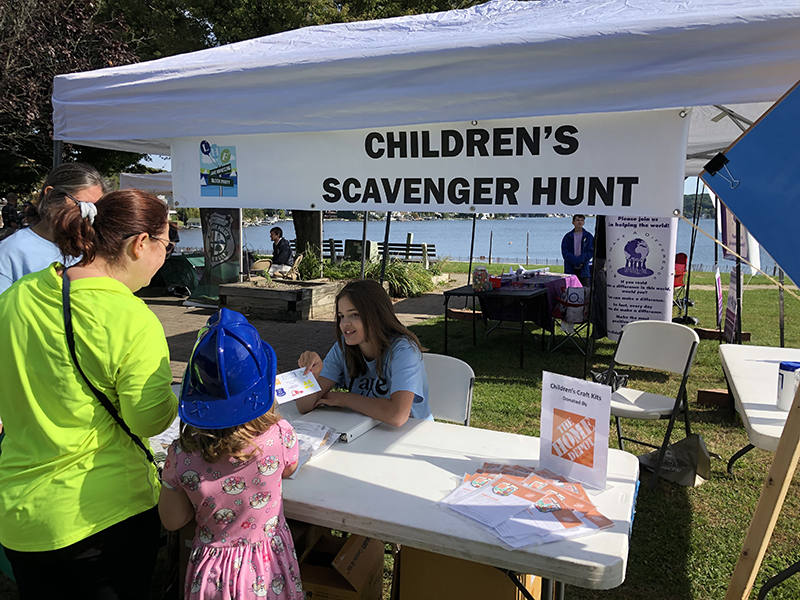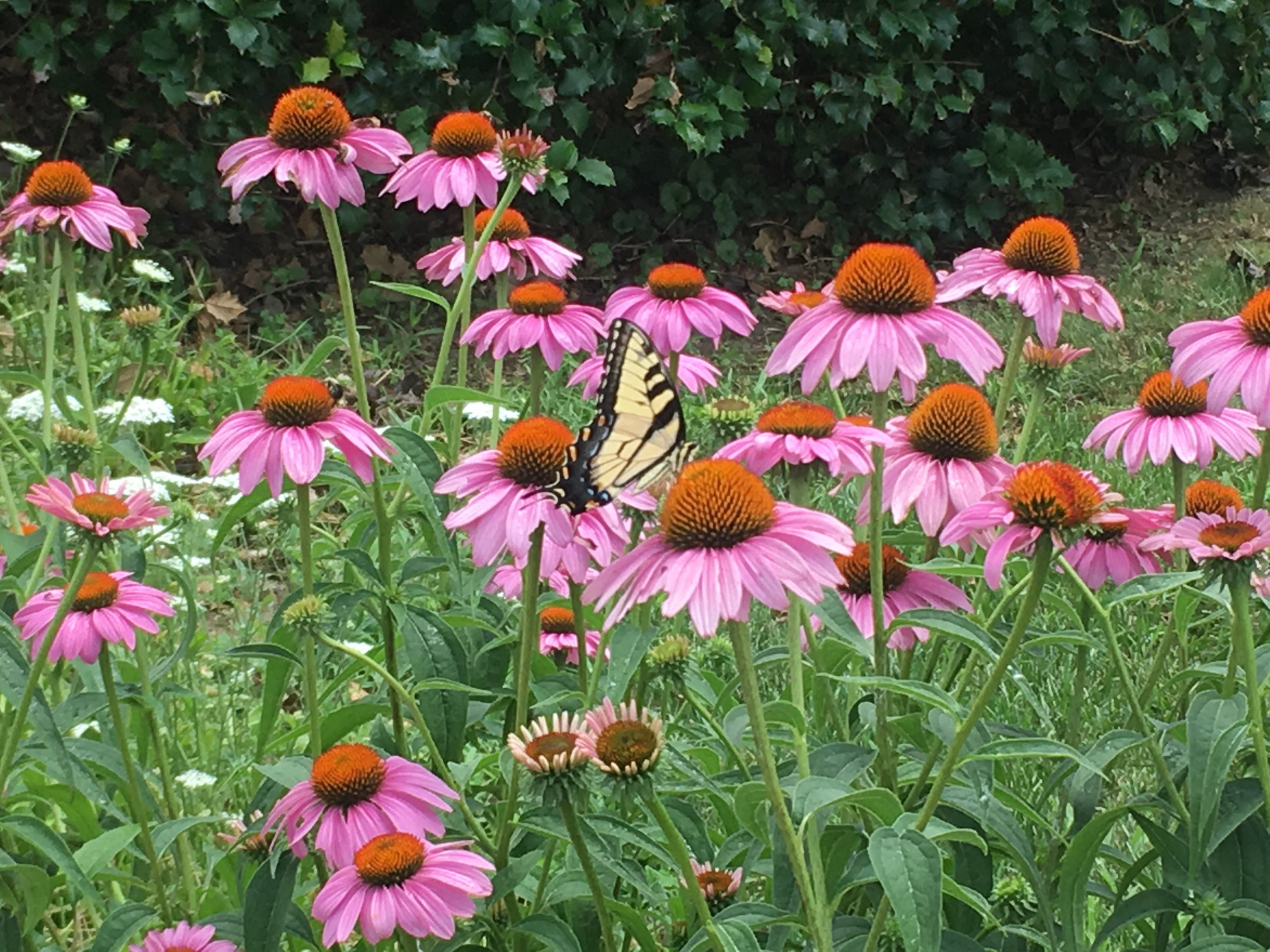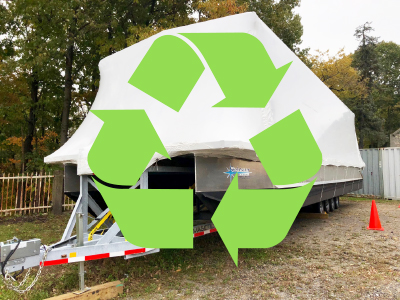
July 28, 2022| Environment
By: Marty Kane
In a summer that has seen clear skies, hot temperatures, and cloudbursts, it is not surprising Harmful Algal Blooms (HABs) have been appearing in bodies of water throughout the region. Ever since the summer of 2019, when Lake Hopatcong experienced a prolonged lake-wide HAB, local residents have been well aware of how impactful algal blooms can be. Since then, most regional bodies of water have witnessed HABs and even New York’s Lake George has not been immune. The significant recreational and economic impacts caused by HABS have caused concern for both our local, state, and federal officials.
Two weeks ago, the Lake Hopatcong Foundation was contacted about facilitating a panel and meeting place for a Congressional Subcommittee looking at HABs. On Friday, July 22, a roundtable discussion for the House Transportation and Infrastructure Committee's Subcommittee on Water Resources and Environment was held at the Lake Hopatcong Yacht Club, which graciously donated the space. The discussion was chaired by Rep. Tom Malinowski and featured testimony from the Lake Hopatcong Commission, Lake Hopatcong Foundation, New York-New Jersey Harbor & Estuary Program, and the New Jersey Department of Environmental Protection. Also participating was Committee Chairwoman Grace Napolitano of California. The discussion looked at how past HAB outbreaks on Lake Hopatcong and other New Jersey lakes hurt local economies, new scientific approaches to remove them, and how Congress can work alongside state and local stakeholders to mitigate future outbreaks.
For the Lake Hopatcong community, the hosting of such a Congressional meeting was a first. The Subcommittee’s visit to the lake gave an opportunity to focus on a matter of particular interest to residents of New Jersey’s largest lake. Studies of Lake Hopatcong have clearly shown that many of its current issues can be tied to the amount of phosphorous entering the lake which feeds weed growth and HABs. While most efforts at Lake Hopatcong have focused on the improvement of stormwater management as well as how to neutralize phosphorous already in the lake, it was noted that there is one large source of phosphorous entering the lake that has been unreachable. Currently, some 45% of the lake is on sanitary sewers and 55% is on individual septic systems. Research has repeatedly shown the largest source of phosphorous entering the lake is from these septic systems, many of which go back to the early years of the twentieth century. It is estimated that septic systems account for approximately 51% of the annual phosphorus load entering Lake Hopatcong. Replacing these septic systems with sewers would result in far-reaching and extremely significant improvement to Lake Hopatcong’s water quality. Recently, this very Congressional Committee voted to authorize $90M in funding in the 2022 Water Resources Development Act (WRDA) for the purpose of installing sewers in Jefferson Township. The importance of such funding to Lake Hopatcong in its efforts to fight HABs was emphasized by several of the speakers. Currently, this funding has been approved by the House of Representatives and will be taken up with the Senate later this month.
We are grateful to Rep. Malinowski, Committee Chairwoman Napolitano, and staff members of the House Transportation and Infrastructure Committee for the opportunity to assist and participate in this roundtable on HABs – an issue that is of extreme importance and constant concern to the Lake Hopatcong community as well as communities across our state and region.
The Subcommittee hearing can be viewed below.

March 28, 2025
Community, Events, Recreation

March 25, 2025
Environment, Events

March 24, 2025
Community, Environment, Events